+St. Agnes of Monte Pulciano+
What in the World…
Before delving into the issues raised regarding certain questions about Fatima, we would like to mention a few useful nuggets passed on by friends.
During Holy Week, we received the following instructive video from Patrick Henry, proving what those praying at home have known all along: Traditionalists are in reality only occult members of the Novus Order church awaiting further instructions, and they consider themselves all one, big, happy family: http://www.jmjsite.com/v/We-belong-to-the-same-church.mp4 Yes, they all plan to “unite the clans!” Please do spend some time on the JMJ site which is full of useful resources and read the PDF https://jmjsite.com/no.pdf. This PDF is necessary especially for many who are new to praying at home and even those who have previously been unaware of the need to adjure the heresies held while members of Traditionalist or other non-Catholic sects.
Pedro also has forwarded more information, this time from Pope Clement IV, regarding the absolute prohibition to consecrate bishops without papal approval. This find will need to be translated, but even in rough translation it further indicts Traditionalist bishops pretending to claim the episcopacy without papal approval. Pope Clement the IV declares such consecrations null and void.
Also, over the next several weeks the website may be up and down while routine maintenance and upkeep work is done. Downtime should be minimal and hopefully the work can be completed without too many interruptions.
The Fatima controversy and its sources
First we present the following commentaries on the credibility of the books containing some of the quotes cited by Fatima opponents as somehow “suppressed” or doctored by the Church in Her official reports. The true nature and origin of these quotes are discussed at length by an individual appearing to be a Traditionalist writer and researcher, using the same documents in question. He raises some very pertinent points regarding sources and the dishonesty of anti-Catholic authors who employ unethical research practices (even by modern journalistic standards, far less those much higher standards demanded by the Church). His comments can be read here: https://www.amazon.com/Fatima-Shock-Truth-Future-Apparitions/product-reviews/0984087176/ref=cm_cr_arp_d_paging_btm_next_2?ie=UTF8&reviewerType=all_reviews&pageNumber=2 (Sources for this review can be accessed below, but no approval of the site itself and its contents is intended; it is listed here merely as a probable contrary opinion.)
Fatima Shock: https://www.traditioninaction.org/bkreviews/A_040_Shook_1.htmCelestial Secrets https://www.traditioninaction.org/bkreviews/A_041_Celestial.htm
The reviewer above cites “cherry-picking” as the main flaw in the arguments used to discredit the apparition. Cherry-picking, also known as mal-observation or non-observation in scholastic philosophy, is a false scholastic argument consisting in “…suppressing evidence, or the fallacy of incomplete evidence. [It] is the act of pointing to individual cases or data that seem to confirm a particular position while ignoring a significant portion of related and similar cases or data that may contradict that position” (Wikipedia). As Rev. Joseph Walsh points out in his 1940 work Logic, non-observation often is found in publications that are the result of prejudice, which is so often the case in those anti-Catholic works in general, pretending to contest not only Marian apparitions, but Marian devotion in its entirety.
The real issues here are not Fatima per se, but the criteria Catholics are relying upon to try and make sense today of the massive amounts of information available on the Internet and how to judge whether or not they can be trusted. This includes the lengthy videos on secular topics that many freely view, then circulate. Many of them are benign, but others are questionable. And how are we to judge these things without a Church to guide us? This is another topic we hope to cover soon in a video presentation. But The Fatima question we are trying to answer today concerns whether we must believe in the apparitions at all or may reject them entirely.
Regarding the apparition itself, it seems clear that the Church found it worthy of belief and treated it as such. Several mentions of Fatima can be found in the Acta Apostolica Sedis and this alone indicates the Church at least implicitly acknowledged the validity of the apparitions. But the same cannot be said of the actual messages and their content. It appears that Pope Pius XII at least suspected that something was suspicious about Fatima after 1952. (If certain reports can be trusted, it is possible the pope suspected the person claiming to be Lucia dos Santos was an actual impersonator, which several researching her life believe was the case at this time.) Even the 1952 consecration itself is somewhat vague. And Fatima is conspicuously absent in his addresses and other papal documents after this date.
Below we quote two different popes, Pope Benedict XIV and then Pope St. Pius X. speaking on this matter, also some of the theologians. This will provide readers with at least some background on how the Church views these matters.
The type of assent one must give to revelations according to the popes and theologians
From Heroic Virtue — Treatise of Benedict XIV on the Beatification and Canonization of the Servants of God, Vol. III, 1850:
“The fourth question is, what is to be said of those private revelations which the Apostolic See has approved of, those of the Blessed Hildegard, of S. Bridget, and of S. Catherine of Sienna. We have already said that those revelations, although approved of, ought not to, and cannot receive from us any assent of Catholic, but only of human faith, ACCORDING TO THE RULES OF PRUDENCE, according to which the aforesaid revelations ARE PROBABLE, and piously to be believed.
“So also the fathers of Salamanca. From this, then, it follows that anyone may, without injury to the Catholic faith, give no heed to these revelations, and differ from them, provided he does so modestly, not without reason, and without contempt.”
“Hurtado, after reciting the approbation of the revelations of S. Bridget, by the sovereign pontiffs, speaks as follows; ‘It is not the meaning of these supreme pontiffs that we may not dissent from these revelations; for Cardinal Torquernada, the vigorous defender of these revelations, and who recites the aforesaid words of the popes, dissented from the revelation made to S. Bridget, that the Blessed Virgin was conceived without original sin, and wrote a whole treatise to prove that she was conceived in original sin.’ ”
Gerson, in his Treatise on the examination of doctrines, relates that Gregory XI, when on thepoint of death, holding the sacred body of Christ in his hands, protested before all, and warned them to beware both of men and women, “who under the guise of religion, speak visions of their own head” for that he, seduced by such, had neglected the reasonable counsel of his friends, and had dragged himself and the Church to the hazard of imminent schism, if her merciful spouse Jesus had not provided against it.”
Pope St. Pius X, Pascendi dominici gregis (on Modernism):
“The Councils (of Vigilance) must not neglect the books treating of the pious traditions of different places or of sacred relics. Let them not permit such questions to be discussed in periodicals destined to stimulate piety, neither with expressions savoring of mockery or contempt, nor by dogmatic pronouncements, especially when, as is often the case, what is stated as a certainty either does not pass the limits of probability or is merely based on prejudiced opinion. Concerning sacred relics, let this be the rule: When Bishops, who alone are judges in such matters, know for certain a relic is not genuine, let them remove it at once from the veneration of the faithful; if the authentications of a relic happen to have been lost through civil disturbances, or in any other way, let it not be exposed for public veneration until the Bishop has verified it. The argument of prescription or well-founded presumption is to have weight only when devotion to a relic is commendable by reason of its antiquity, according to the sense of the Decree issued in 1896 by the Congregation of Indulgences and Sacred Relics:
“Ancient relics are to retain the veneration they have always enjoyed except when in individual instances there are CLEAR ARGUMENTS that they are false or suppositious. In passing judgment on pious traditions be it always borne in mind that in this matter the Church uses the greatest prudence, and that she does not allow traditions of this kind to be narrated in books except with the utmost caution and with the insertion of the declaration imposed by Urban VIII, and even then she does not guarantee the truth of the fact narrated; she simply does but forbid belief in things for which human arguments are not wanting.
“On this matter the Sacred Congregation of Rites, thirty years ago, decreed as follows: ‘These apparitions and revelations have neither been approved nor condemned by the Holy See, which has simply allowed that they be believed on purely human faith, on the tradition which they relate, corroborated by testimonies and documents worthy of credence’ (Decree, May 2, 1877). Anybody who follows this rule has no cause for fear. For the devotion based on any apparition, in as far as it regards the fact itself, that is to say in as far as it is relative, always implies the hypothesis of the truth of the fact; while in as far as it is absolute, it must always be based on the truth, seeing that its object is the persons of the saints who are honored.”
If the Holy See has once determined that such testimonies and documents are worthy of belief, and has announced even unofficially from these that an apparition is credible and not injurious to faith, it seems to be imprudent to gainsay the Church. It is highly inappropriate for anyone to later claim, based solely on only partially verifiable, cherry-picked information reported by non-Catholics over 100 years later, that these same apparitions could have originated from the Evil One, for this would appear to make the Church a liar. This is yet one more matter that would need to be referred to the Holy See before anything definitive could be decided, and given the long list of crucial dogmatic matters already pending, it would seem to be low priority.
Further explanation on this subject is provided below from The Casuist, a well-respected work issued in 1906 treating cases in moral and pastoral theology.
“1. There are many persons, especially women endeavoring to lead a holy life, who occupy themselves a great deal with so-called revelations made to pious persons, even to the exclusion of all other spiritual reading matter. Sometimes such persons study the revelations made to some particular saint, drawing all their spiritual nourishment from them; then having their appetite whetted by the perusal of one book of this kind, they eagerly devour anything of the same nature that they are able to lay hold of. They believe in these revelations as firmly as they believe in the Gospels and are strongly disposed to brand as heretics, or at least as suspects, all who do not put the same faith in them as they do themselves. This disposition alone is sufficient to prove that the perusal of these private revelations is not a healthy, spiritual exercise for all indiscriminately, and it becomes necessary from time to time to instruct the faithful on this head.
“2. That there may be, that there have been, and that there are at present revelations made to private individuals is beyond question. We are speaking, of course, of revelations made to holy and devout persons, which have been investigated by the Church and declared to contain nothing against faith or good morals. No positive ecclesiastical approbation is ever given to such revelations.
“3. When the Church revises and approves revelations and visions in this sense, all she does is to certify that these visions and revelations contain nothing against the “rule of faith,” the “regula fidei,” so that the faithful may believe them without injury to their faith (pie creditur) and use them as a guide to conduct without fear of believing or doing anything unauthorized by the Church. Where the Church has thus given Her approval to any particular private revelation, it is no longer permitted to ridicule or to despise it. Fas non est, says Card. Franzelin, talesrevelationes contemnere (de div. trad. 22). To do so were to fail in the respect due to the Church. But not to believe the revelation is no sin against the obedience we owe the Church. For the Church, by her approval or quasi-approval of these revelations, has no intention of obliging the faithful to believe them. Whoever believes in them, does so fide humana, and not fide divina, at least not fide divina Catholica. ‘In spiritual things,’ says Catherine Emmerich, ‘I never believed anything except what was revealed by God and proposed for my belief by the Catholic Church. What I saw in visions I never believed in this way.’
“4. The body of revealed truth, necessary to salvation and bearing the seal of infallibility, was completed and closed, once for all, by the teachings of Christ and the apostles. When the Church defines a new dogma, she simply declares authoritatively that it is contained in the teachings of Our Lord and the apostles. Just as private revelations do not bear the seal of infallibility, so neither do they bear the mark of inerrancy. There is no divine inspiration guaranteeing the correct recording of private revelations, as is the case with the Holy Scriptures, even though the fact of the revelations has been established. Private revelations are exposed to a threefold danger. The understanding may err in receiving the revelation. The memory may fail in recording orally or in writing the contents of the revelation. The tongue may err in its effort to clothe the revelation in human words. Moreover, as Benedict XIV remarks, notions and ideas acquired previous to the revelation may be confounded by the person receiving the revelation with the things learned in the revelation, and thus the saints have sometimes considered things to have been revealed to them which were in nowise revealed. Hence the contradictions in different revelations.
“5. The supernatural communication, therefore, as well in its reception as in its transmission, MAY BE UNWITTINGLY FALSIFIED. The Holy Scriptures alone are preserved from such falsifications. And thus it happens that the private revelations of different holy persons contradict one another openly, and in many things.
“6. All that the Church says, therefore, when she lends her approval to the private revelations of the saints or other holy persons, is that these revelations may be believed “fide humana” [human faith], and that they are adapted and may be used for the edification of the faithful. The declaration of Benedict XIV does not contradict this: “When the Church has examined and approved these visions, no one may any longer doubt their supernatural and divine origin.” THE POPE SPEAKS ONLY OF THEIR ORIGIN, AND NOT AT ALL OF THEIR CONTENTS, NOR OF THEIR CORRECT REPRODUCTION. And even a refusal to believe in their divine origin would not be a sin against Catholic faith.
“7. After these theoretical remarks let us add a few words of a practical nature. The reading of these visions and private revelations is in nowise adapted to the needs of ordinary people, even though they may have correct notions about the credibility of private revelations. Many of these revelations are beyond the needs and the intelligence even of persons already far advanced in the spiritual life and are often clothed in language quite unintelligible. And herein precisely lies a new source of anxiety, BECAUSE A NEW DANGER, NAMELY, THE DANGER OF UNDERSTANDING THE REVELATION IN A WRONG SENSE, WHICH MAY EASILY LEAD TO POSITIVE ERROR AND SIN AGAINST THE “RULE OF FAITH.”
Summary
In reviewing all of the above, the following conclusions can be made:
- Apparitions and messages must be received with prudence owing to the Church’s investigation and judgment regarding these communications. Even so, they may be questioned and even rejected, according to Pope Benedict XIV.
- While Fatima was investigated and approved by the bishops there, Pope Pius XII never gave actual approval to the full import of the messages received by the seers during the apparition. Everything points to the fact that he eventually had grave doubts specifically concerning the mention of Russia.
- As Pope St. Pius X says regarding relics: “Ancient relics are to retain the veneration they have always enjoyed except when in individual instances there are clear arguments that they are false or suppositious.” If this is true of relics, then this principle also could be applied to revelations when truly credible doubts arise regarding their authenticity, but not those doubts which can be proven to be flawed. As Pope Benedict XIV instructs, one may reject these revelations with modesty, NOT WITHOUT GOOD REASON and may not treat them with contempt. Pope St. Pius X forbids publishing commentary on relics (and it seems this also would apply to revelations) which reflect mockery or contempt.
- Regarding prudence, then, if we are to avoid even the appearance of such mockery and contempt, it seems to be more in keeping with Church teaching to at least accept the actual apparitions as having taken place. Then any discrepancies to the perceptions of the seers and the messages received should be dispassionately and objectively discussed in private.
- While even the divine origin of such apparitions may be rejected, it is not clear whether this is a venial sin or not. Therefore it seems more prudent to at least accept the apparition as of divine origin, out of respect for Our Lady and to avoid scandalizing others, while questioning the rest.
- Before absolutely rejecting such apparitions individuals do have the obligation to resolve any serious doubts as best they can from unquestionably approved sources, according to rules governing moral theology. Anti-Catholic sources have never been approved for conducting trustworthy research and Catholics are warned to avoid such works.
- Given the teachings of Pope Benedict XIV above, no one may condemn those rejecting even the apparition itself because the Church allows it. The responsibility for such a rejection lies fully within the realm of individual conscience, which all must respect. Nor can those believing in the apparitions express disapproval or warn others to avoid them, if the Church Herself permits this. For: even a refusal to believe in their divine origin would not be a sin against Catholic faith (although it could be a sin against prudence). And those rejecting the apparitions cannot condemn those accepting them, either, for respect of another’s conscience works both ways: we are free to believe or not believe according to the Church. However, publication of anything reflecting mockery and contempt is forbidden.
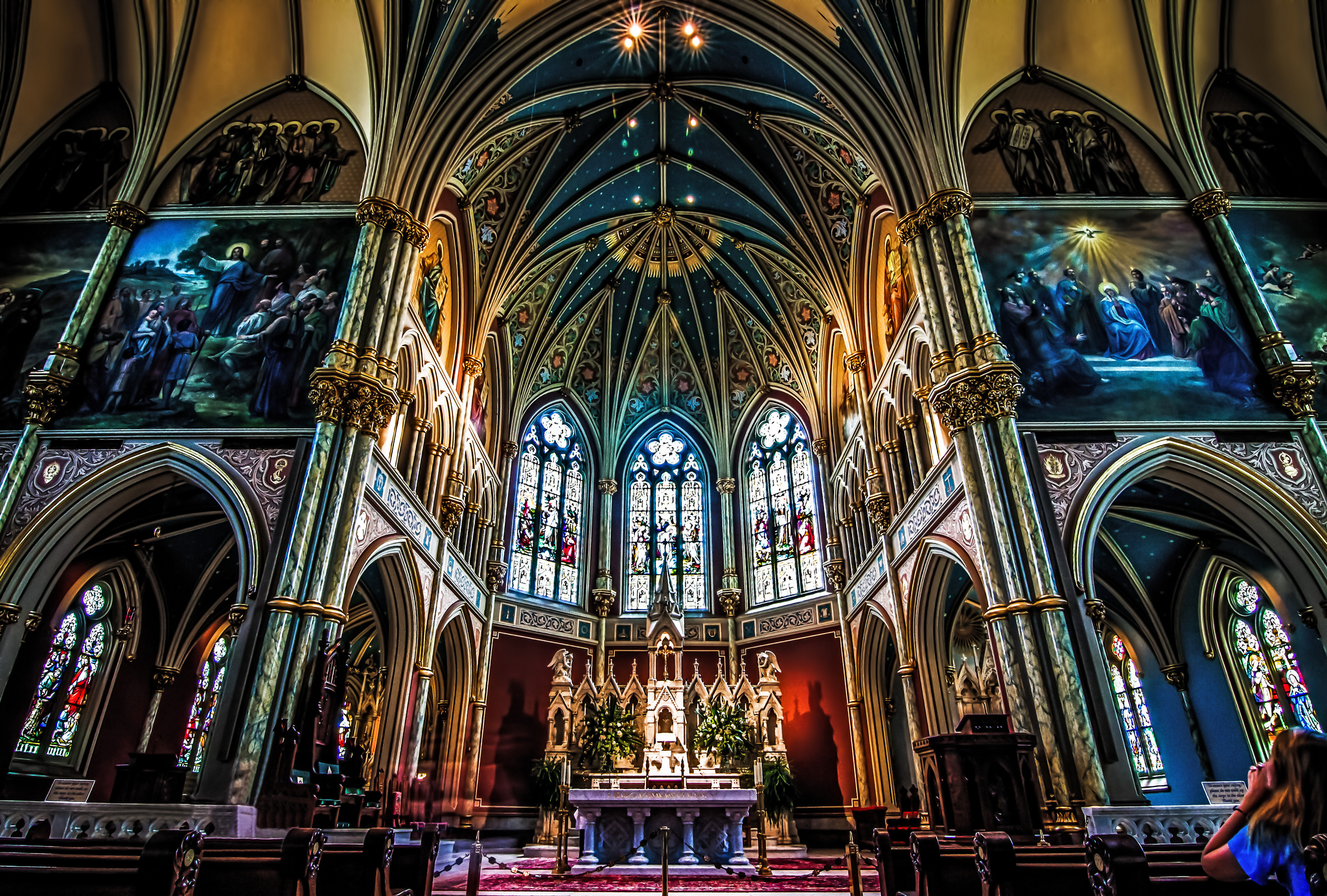
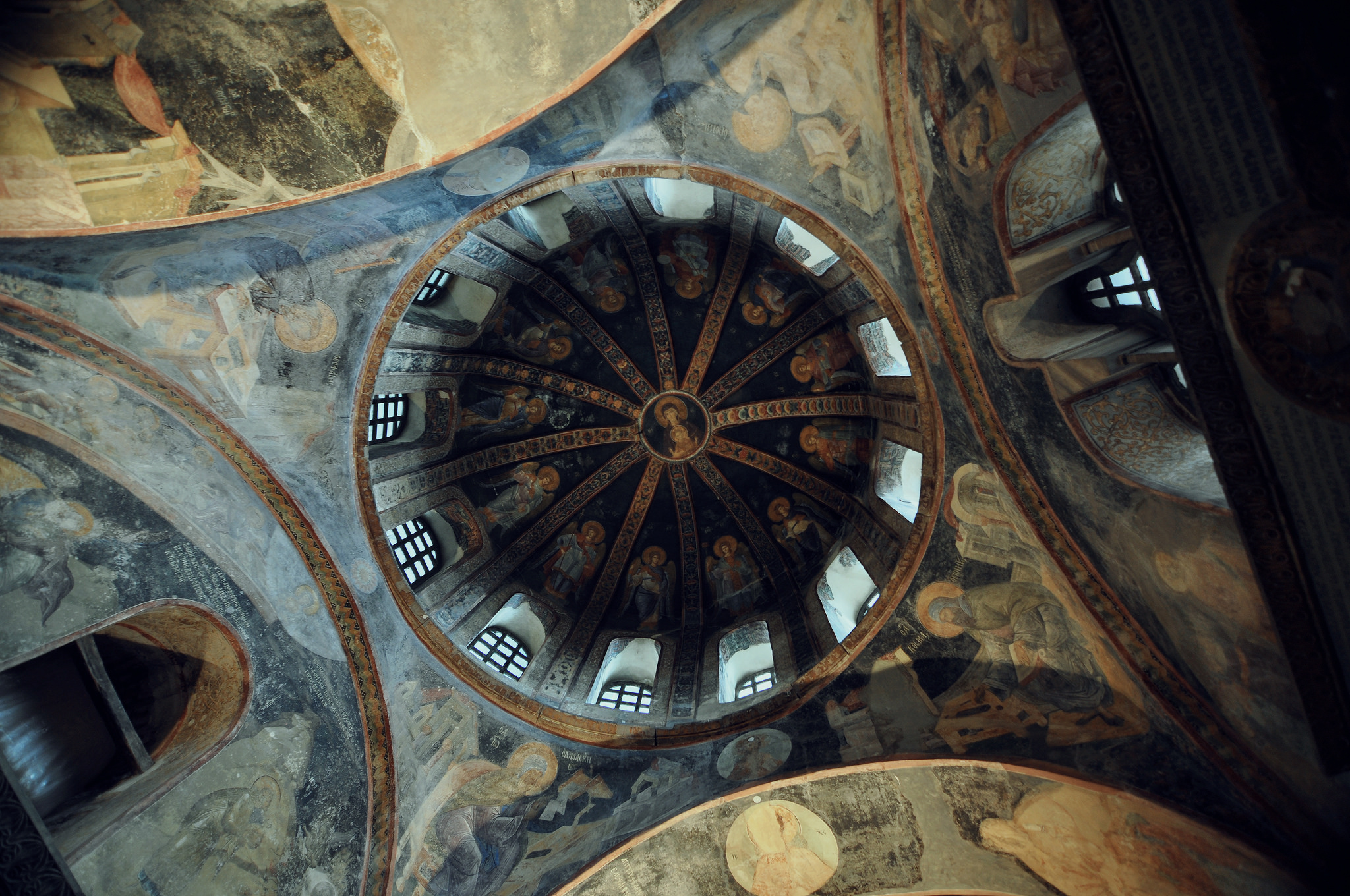
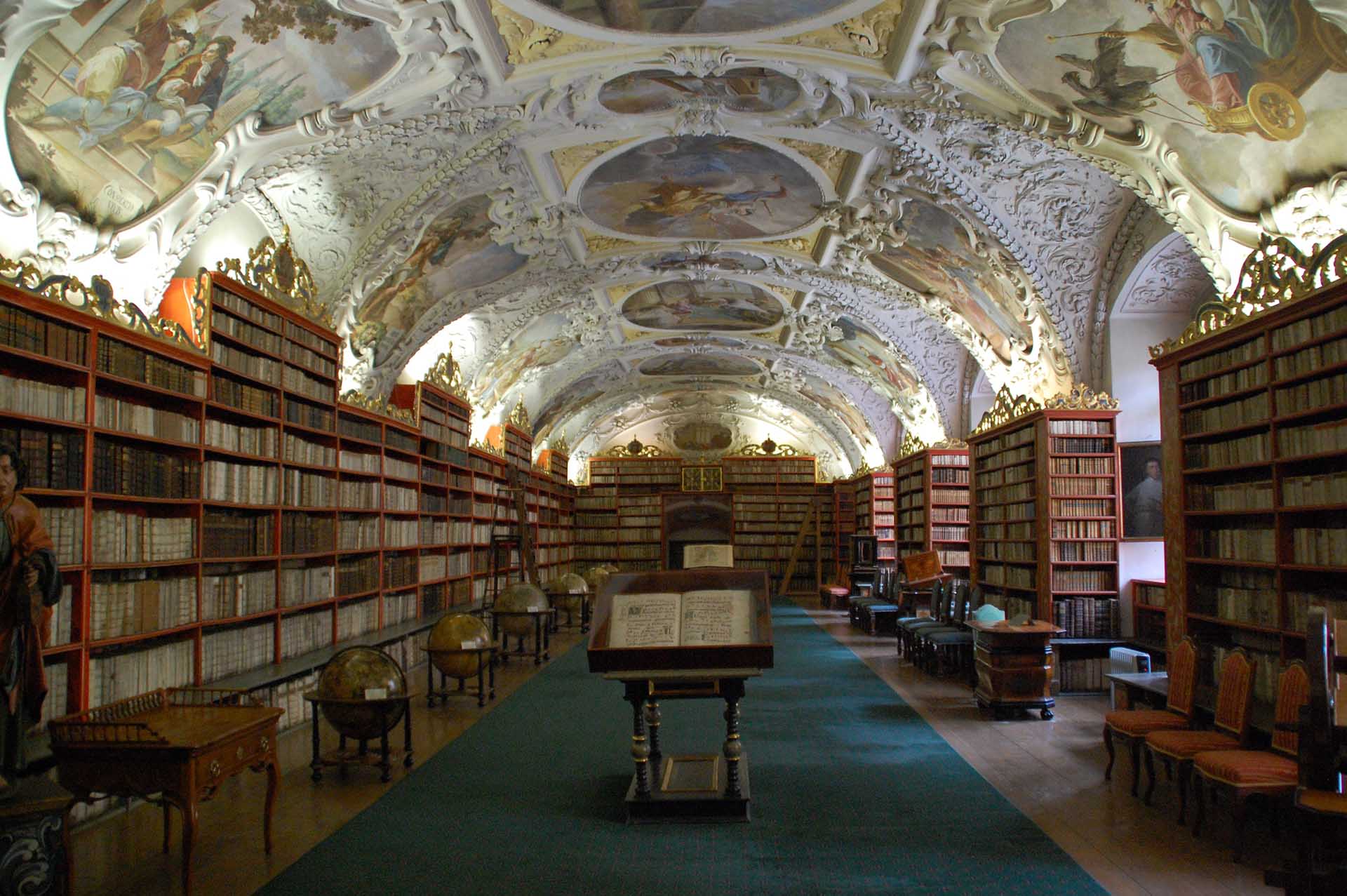
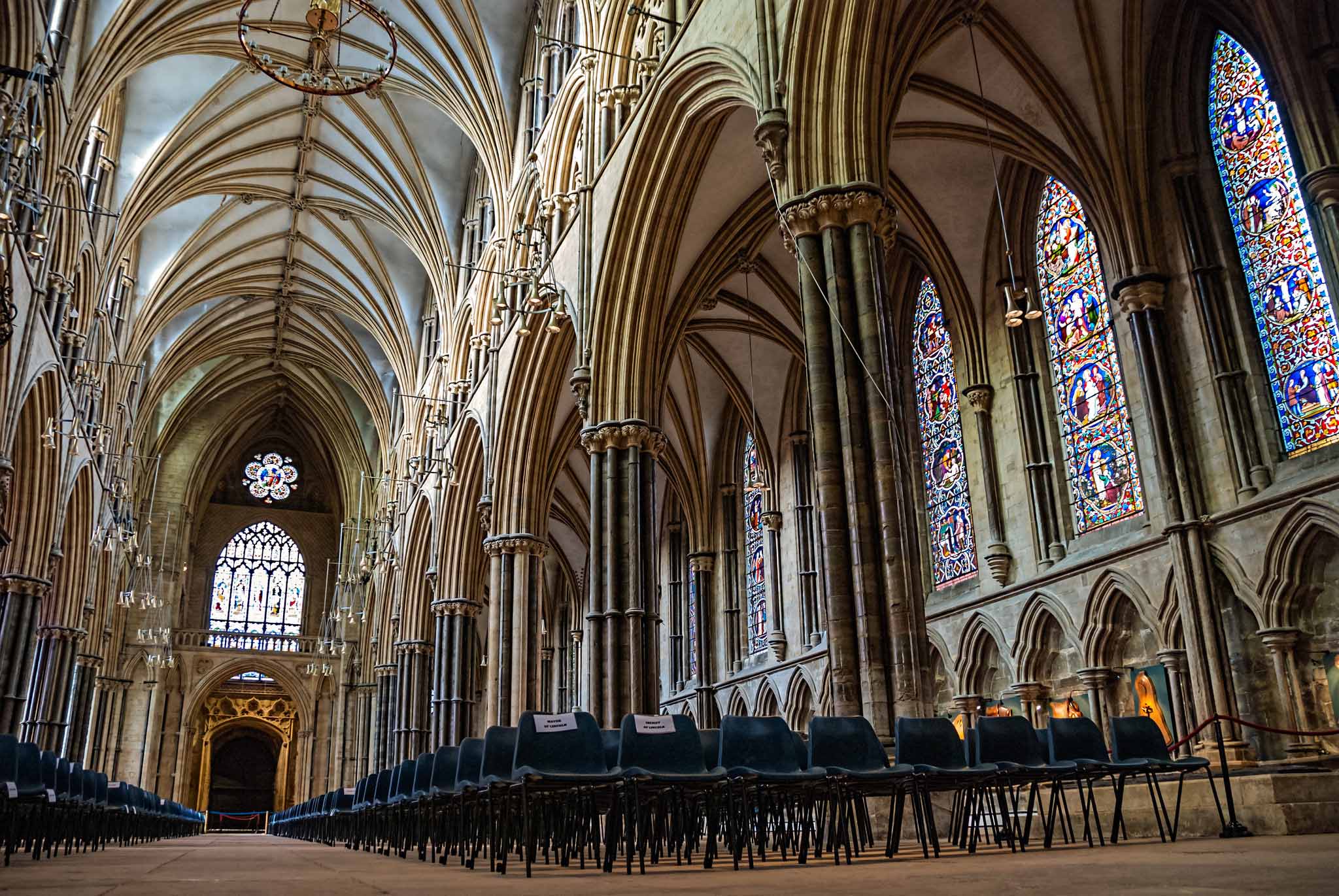
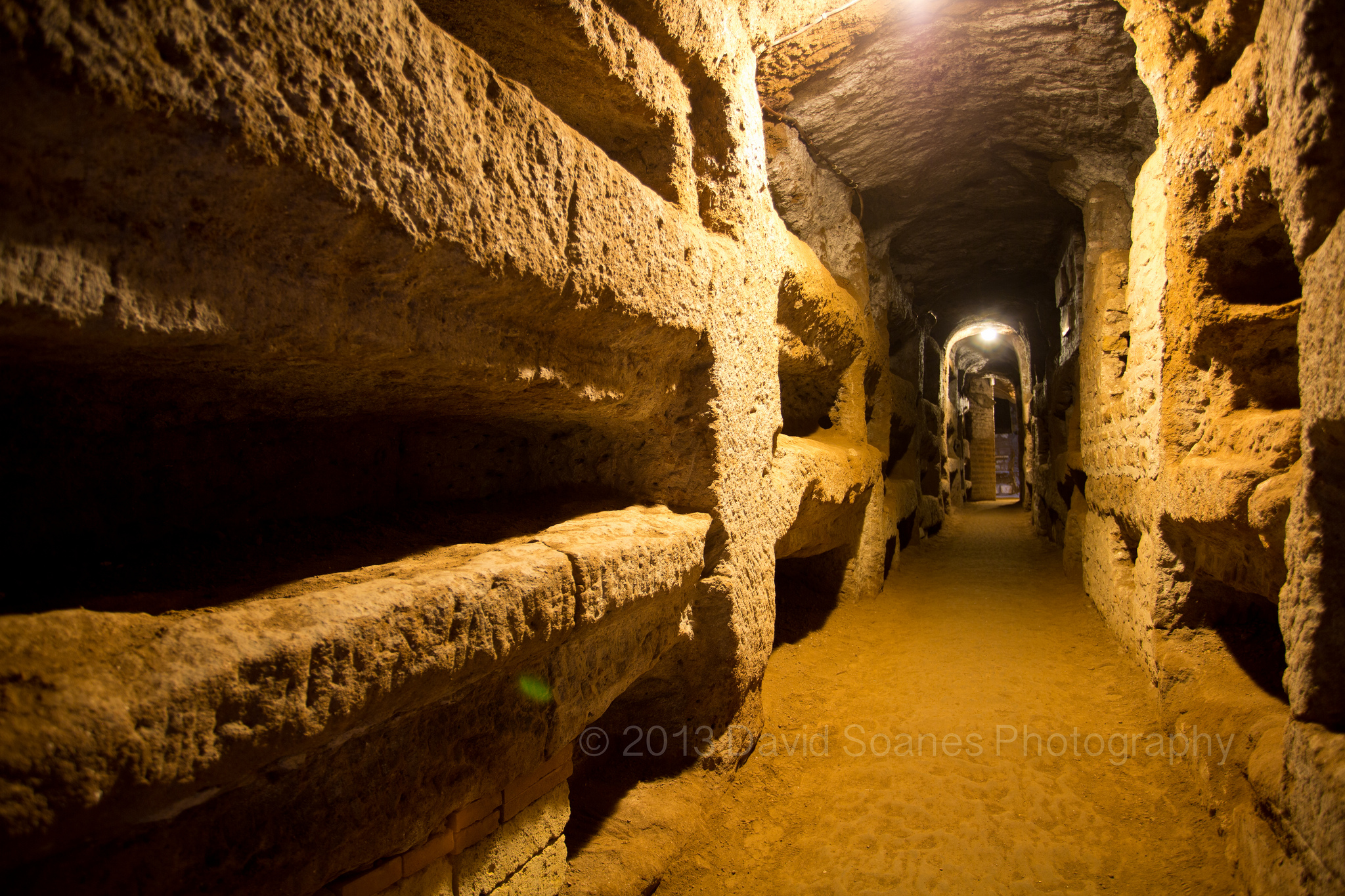

“Where the Church has thus given Her approval to any particular private revelation, it is no longer permitted to ridicule or to despise it. Fas non est, says Card. Franzelin, talesrevelationes contemnere (de div. trad. 22). To do so were to fail in the respect due to the Church. But not to believe the revelation is no sin against the obedience we owe the Church. For the Church, by her approval or quasi-approval of these revelations, has no intention of obliging the faithful to believe them.”
This is all I personally have held, though I do think I’m the case of the apparitions of Fatima, and I’m particular, the Miracle of the Sun, it would be a sin against prudence to disbelieve. Nevertheless, as the authorities cited above state, we are free to believe or not.
Thank you for such a well-researched article! A great labor of Christian love!